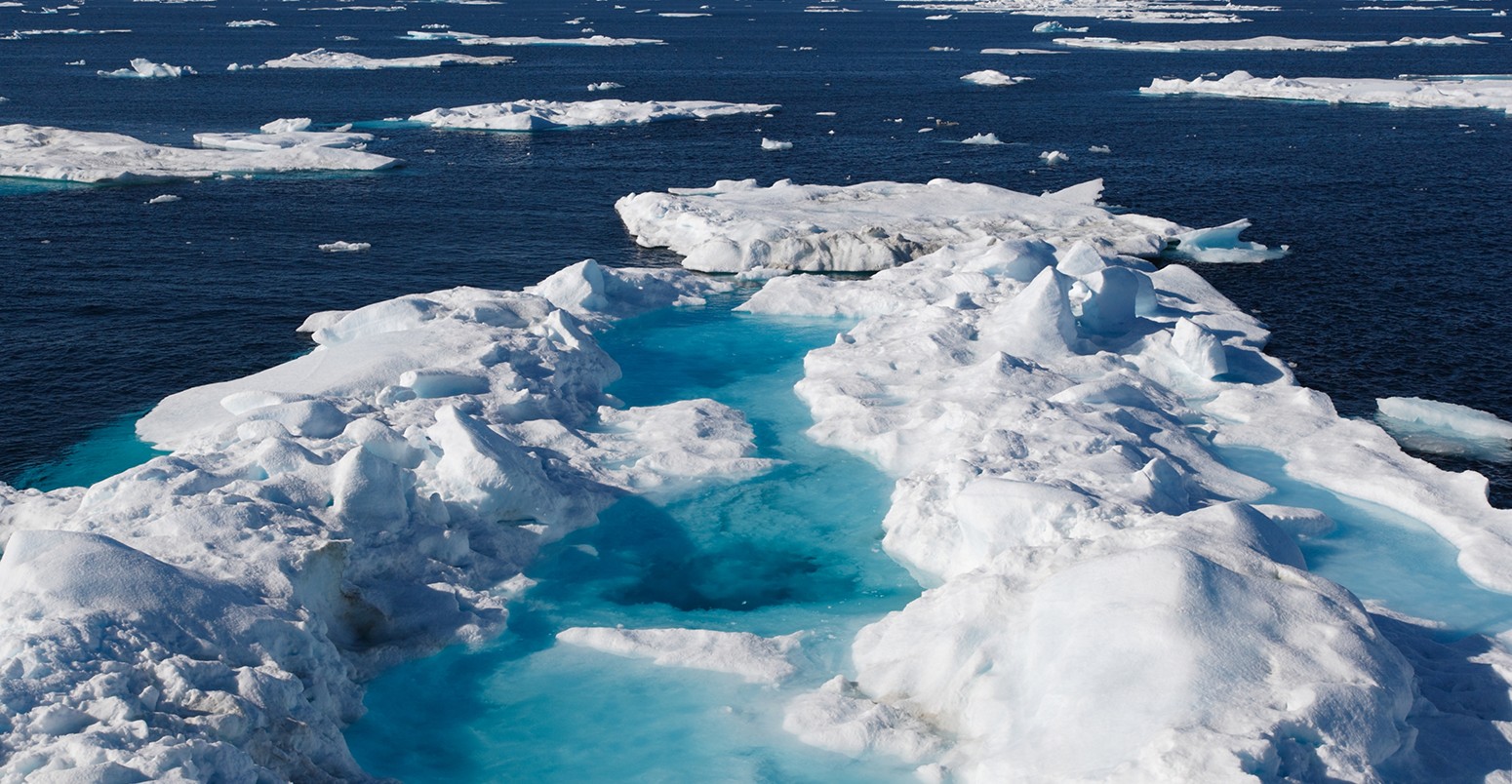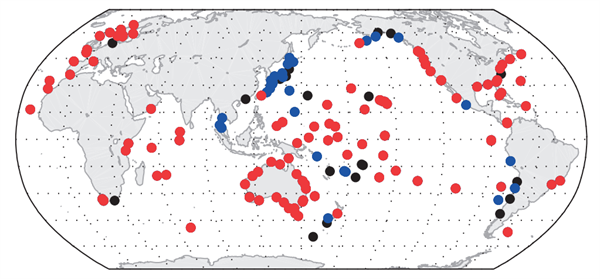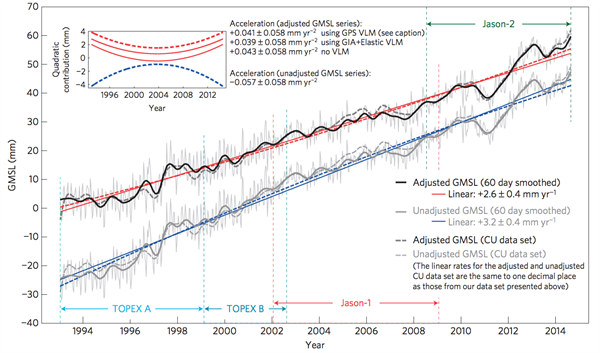Ice sheet melt is driving acceleration in sea level rise, study suggests
Robert McSweeney
05.11.15Robert McSweeney
11.05.2015 | 4:05pmGlobal sea levels are rising faster than previously thought, according to new research.
After researchers adjusted satellite sea level data to account for the slight rise and fall of Earth’s land masses, they found sea level rise has accelerated in recent years.
The cause is likely to be increasing loss of ice from the Greenland and West Antarctic ice sheets, the researchers say.
Satellite data
Scientists first began using satellites to monitor global sea levels with the launch of the Topex/Poseidon mission in 1992. After two satellites from this mission, it was replaced by the Jason satellite missions in the early 2000s.
The data collected from satellites is verified against measurements taken directly from tide gauges on the sea surface. Tide gauges measure the height of the sea with reference to a fixed point, which is usually on land. As you can see from the red dots in the map below, most measurements are taken along coastlines.
Map showing tide gauges used in the study (red dots) to adjust satellite data. Black and blue dots show guages that the researchers ruled out for quality control reasons. Source: Watson et al. (2015).
As Earth’s land masses rise and sink by tiny amounts over time, the satellite data needs to be adjusted to take account of these changes.
In a new study, published today in Nature Climate Change, scientists used almost 100 tide gauges across the world to calculate how these land movements affect satellite measurements of global sea level – and their results suggest it has accelerated in recent years.
Land movement
Several different components contribute to rising sea levels rise, including the expansion of water as it warms, melting glaciers and ice sheets, and changes to how much water is stored on land.
Scientists calculate global sea levels in two ways: by taking direct measurements using satellites and tide gauges, or by using models and observations to estimate the contribution of each of these components and then adding them together.
But the estimates from the two approaches don’t quite match. The latest IPCC report estimates sea level rise of 3.2mm per year between 1993 and 2010 from direct measurements, and 2.8mm per year from the sum of components.
In the new study, researchers used the tide gauge information to adjust the satellite data to account for land movement.
You can see the results in the graph below. The blue line shows the IPCC’s satellite estimates of sea level rise of 3.2mm per year. The adjustments in the new paper bring the estimates down to 2.6-2.9mm per year (red line). This means the direct satellite measurements match more closely with the sum of the individual components of sea level rise.
Global average sea level rise from 1993 to 2014. Grey line shows data unadjusted for land movement, with trend line in blue. Black line shows adjusted data, with trend line in red. Inset graph shows acceleration of sea level rise from unadjusted data (blue line) and adjusted data (red lines). Source: Watson et al. (2015).
Melting ice sheets
The study finds that sea level rise is accelerating faster now than during the 20th century. With the adjusted data, the rate of sea level rise is accelerating by around 0.04mm a year. You can see these estimates as the red lines in the small graph in the top left-hand corner of the figure above.
This is contrast to a study published in the same journal last year, which didn’t have the corrections to the satellite data that the new paper makes. That study suggested that sea level rise was decelerating by around 0.06mm a year.
The new paper’s estimate showing an acceleration appears to match the increasing contribution to global sea levels from melting of the Greenland and West Antarctic ice sheets, the researchers say.
The IPCC projected that global sea level rise would accelerate by around 0.07mm per year in the early part of the 21st century. The researchers say their results suggest sea level changes appear to be on track with these predictions.
Main image: Nunavut in the Canadian Arctic.
Watson, C.W. et al. (2015) Unabated global mean sea level rise over the satellite altimeter era, Nature Climate Change, doi:10.1038/nclimate2635




